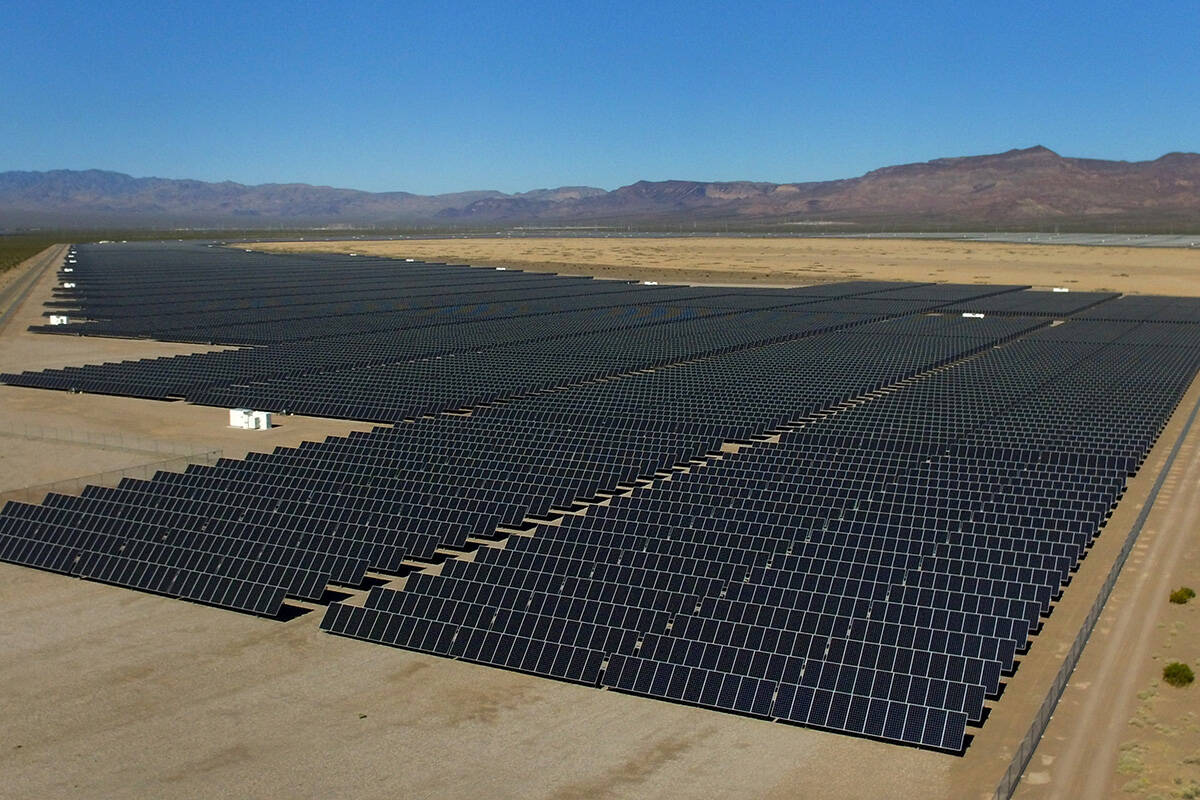COMMENTARY: Green energy mandates continue to drive up prices
Red lights are flashing at one of America’s largest electricity transmission operators over possible power outages after it was forced to spend 700 percent more to buy power in the latest auction.
“The significantly higher prices in this auction confirm our concerns that the supply-demand balance is tightening,” said PJM President and CEO Manu Asthana.
It’s quite a shock for a nation that leads the world in natural gas and wind power production and ranks second in solar electricity.
PJM Interconnection is America’s largest regional transmission organization, coordinating the movement of wholesale electricity across 13 states and the District of Columbia. It spent $14.7 billion during the auction to secure some 135,000 megawatts of electricity. That’s nearly seven times the amount the company paid last year to buy less power.
PJM officials said there’s enough energy through the spring of 2026 but warned that might not be the case in the future as more coal and natural gas power plants are forced off the grid by new Biden administration emissions policies.
Those higher energy prices probably will be passed along to consumers in the form of higher bills — possibly between 10 percent and 20 percent.
The good news, according to Terry Fitzpatrick at the Energy Association of Pennsylvania, is customers will see bills gradually rise because utilities “ladder the contracts over time to try to mute those sudden swings (in prices).”
PJM officials argued prices would be lower if there was more supply from more plants. “The market is sending a price signal that should incentivize investment in resources,” Asthana said.
Instead, the administration has issued a rule requiring existing coal-fired plants that are expected to operate over the long term to capture 90 percent of their carbon emissions by 2032. The same mandate would also fall on all new natural gas-fired power plants.
Energy experts say there are no power plants that can operate under the 90 percent mandate.
PJM estimated between 24,000 to 58,000 megawatts of energy will be retired from the grid by 2030 without being replaced. Almost 20,000 of that will be because of state and federal regulations.
The North American Electric Reliability Council reports that “the electrification of many sectors, such as transportation and technology, increases demand for electricity and the importance of reliability and resilience of generation energy supply.”
As a result, it projects that demand will increase 30 percent by 2050 because of de-carbonization and electrification goals. The question is where the supply will come from to meet that demand. Thus far, it doesn’t appear to be renewables.
Despite spending more than $420 billion in taxpayer money on green energy projects, the administration yielded few results. Forty percent of those projects are delayed, according to the Financial Times. Energy-sector experts are especially concerned about green energy delays. Even if those projects finish on time, they’re not expected to contribute much to the grid.
“Wind only works when the wind is blowing and solar only works when the sun is shining, and both of these are really expensive and inefficient forms of energy because of their intermittency,” said Trisha Curtis, chief executive of the consultant group PetroNerds.
In an analysis this year, PJM said wind and solar can’t be counted on to provide energy at all times because they’re weather reliant. The NERC agreed, and it noted that low wind conditions could result in the loss of tens of gigawatts of capacity at once.
“The new resource mix can be more susceptible to long-term, widespread extreme events, such as extreme temperatures or sustained loss of wind-solar, that can impact the ability to provide sufficient energy as the fuel supply is less certain,” the NERC reported.
GOP presidential nominee Donald Trump recently promised he will revoke the Biden emissions policy. “It’s a disaster for our country,” Trump said. “Instead of shutting down power plants, we will open dozens and dozens more, and they’ll happen fast.”
Green energy groups aren’t ready to take the blame. Advanced Energy United suggested PJM should take responsibility for the higher prices, claiming that it failed to properly plan out energy infrastructure to build more transmission lines.
Fitzpatrick argued that people and politicians should listen to the electrical engineers at PJM and NERC, not the green activists, regarding the potential power shortage. “They’re saying it’s a real concern the rate at which we’re retiring these plants that can operate around the clock because those are the workhorses of the system.”
Taylor Millard writes about politics and public policy for InsideSources.com.






















